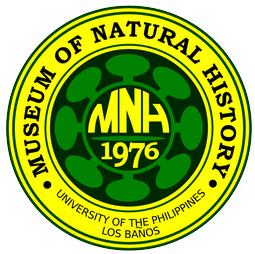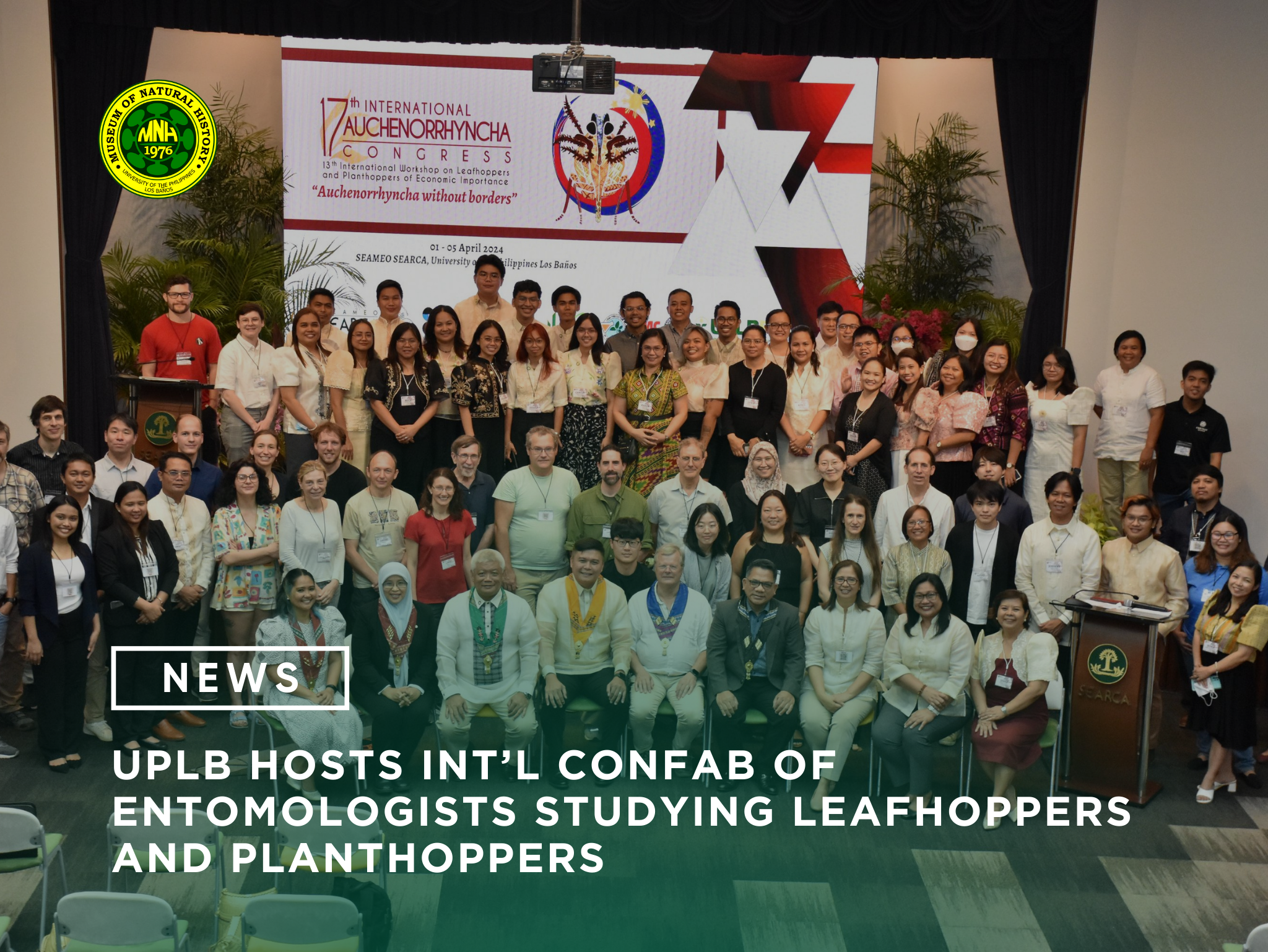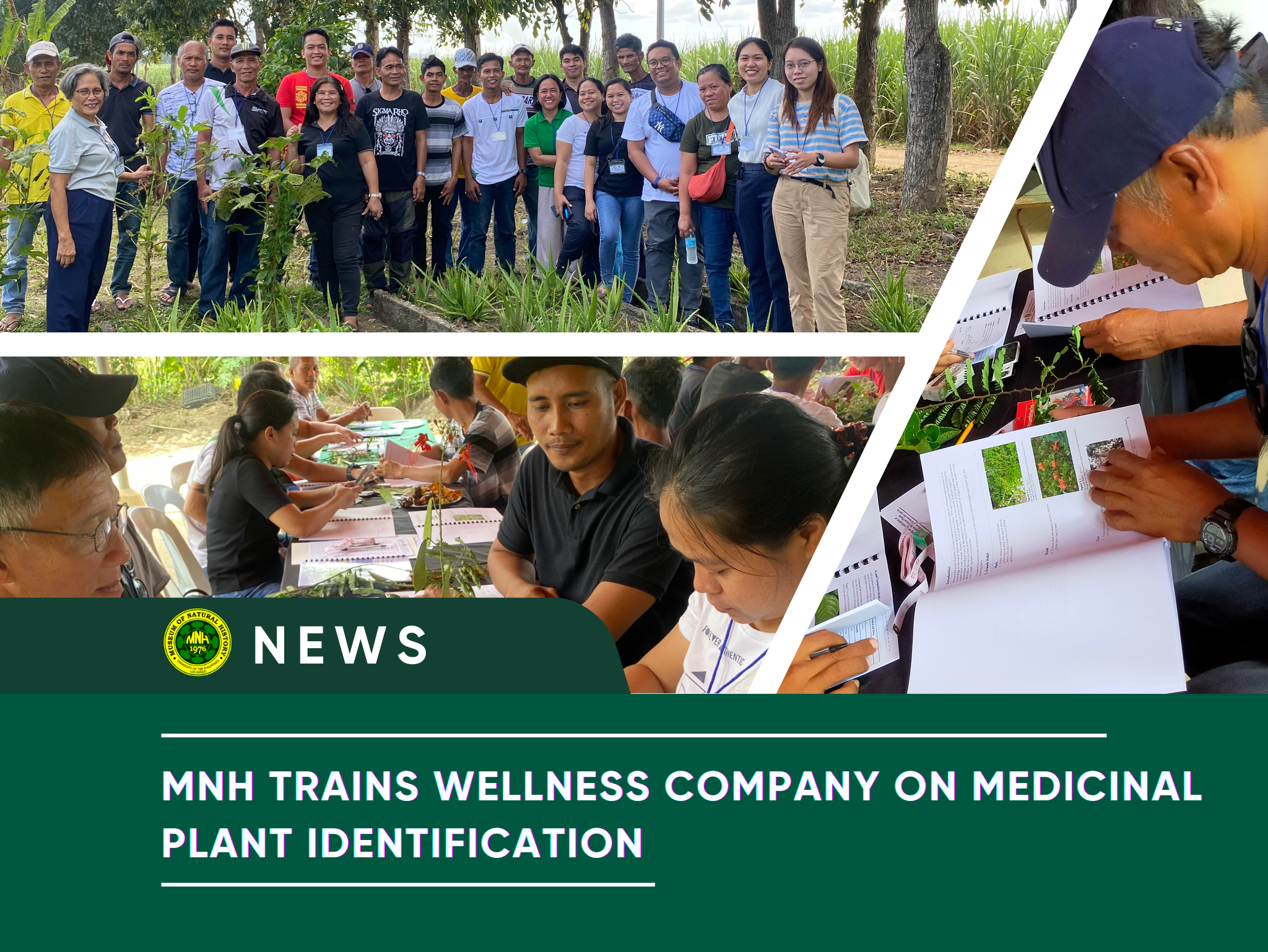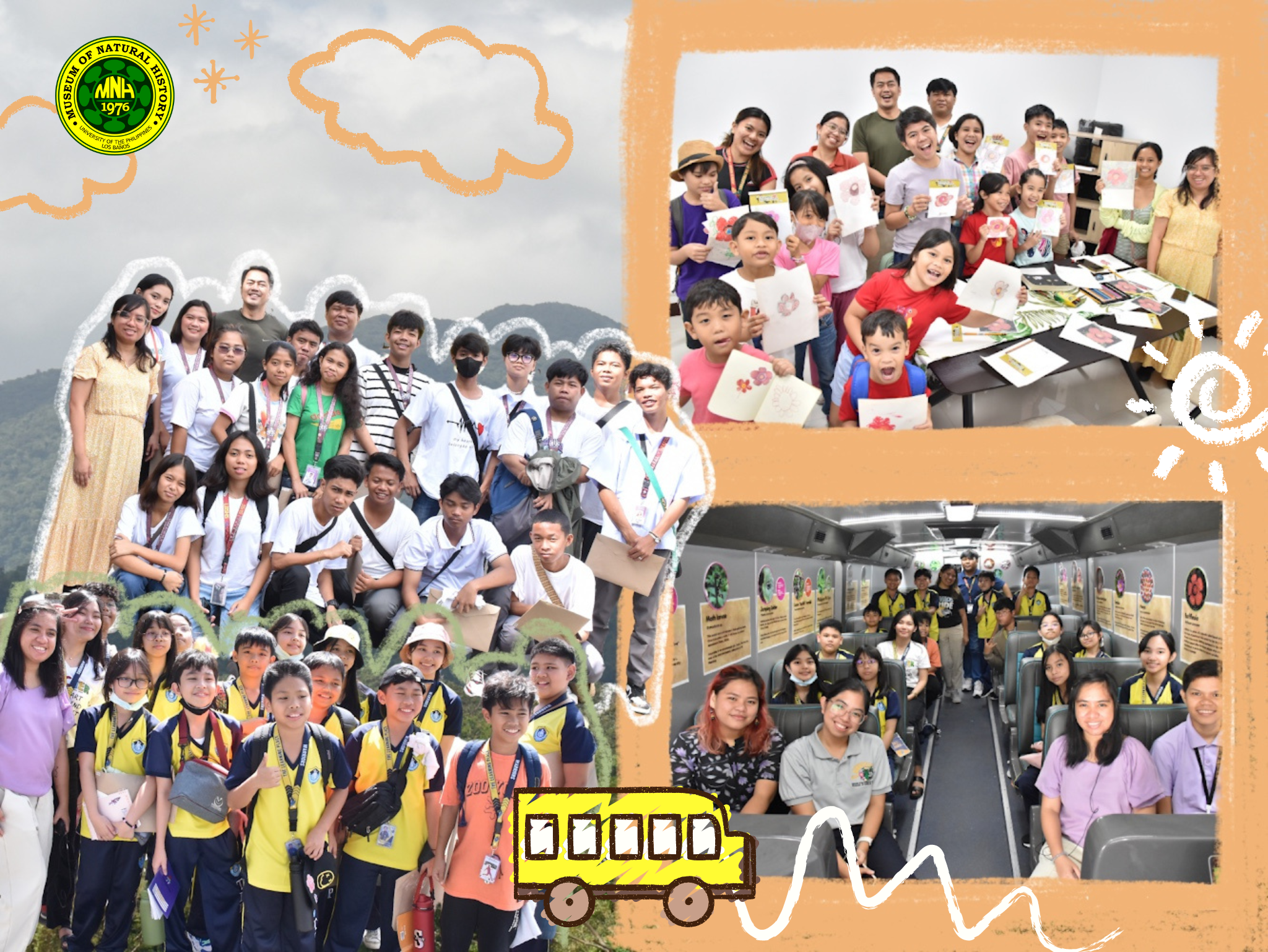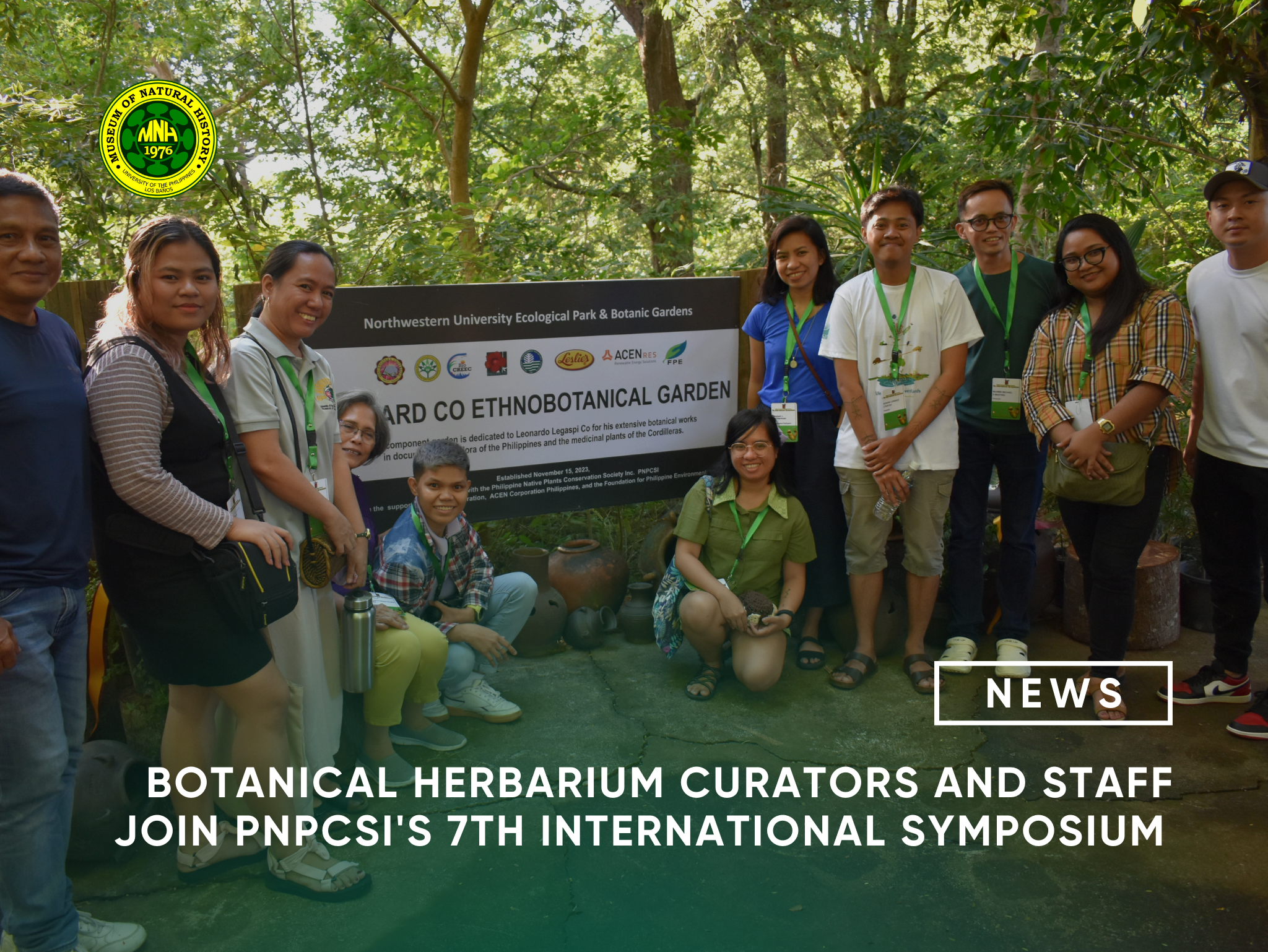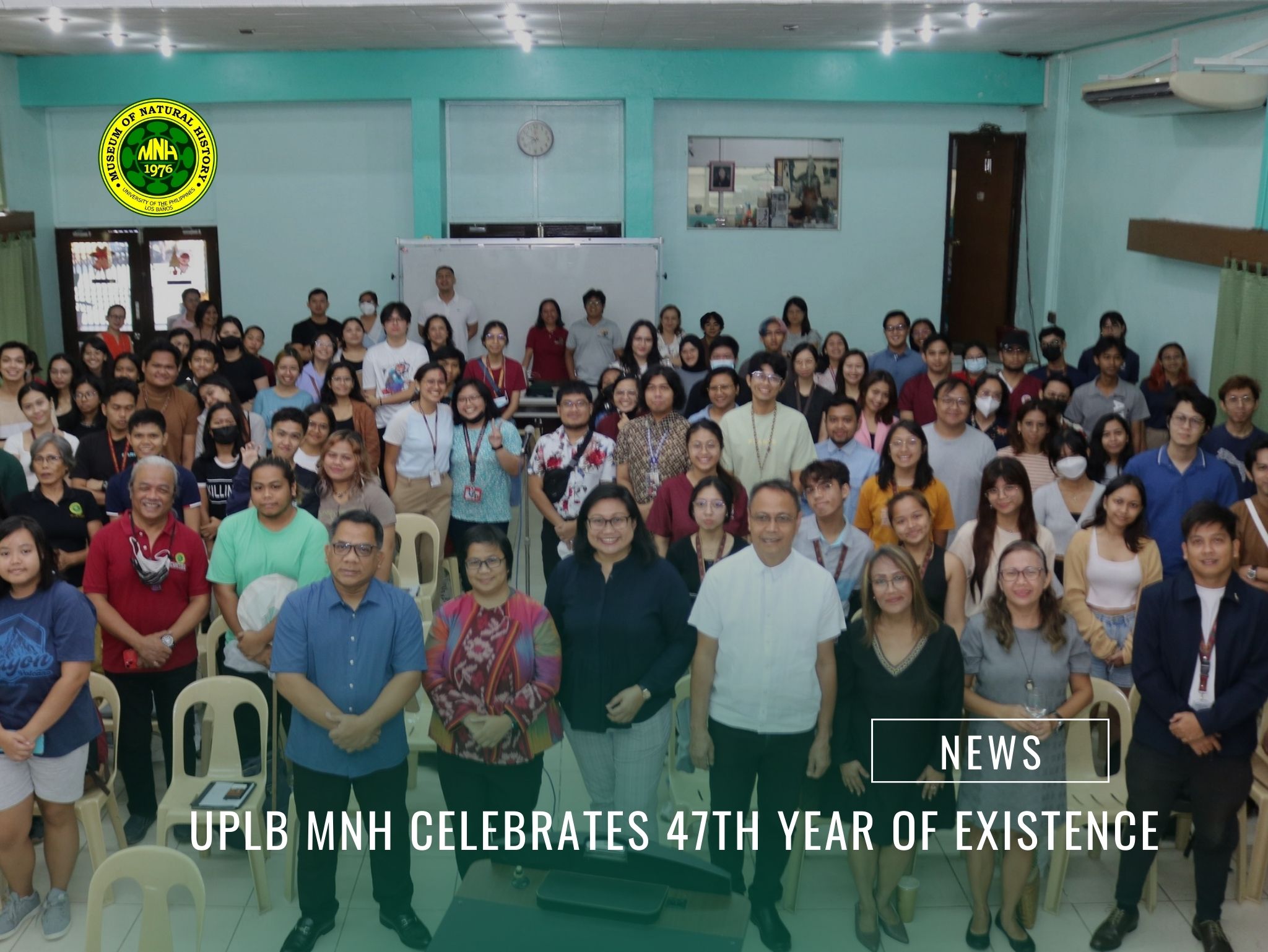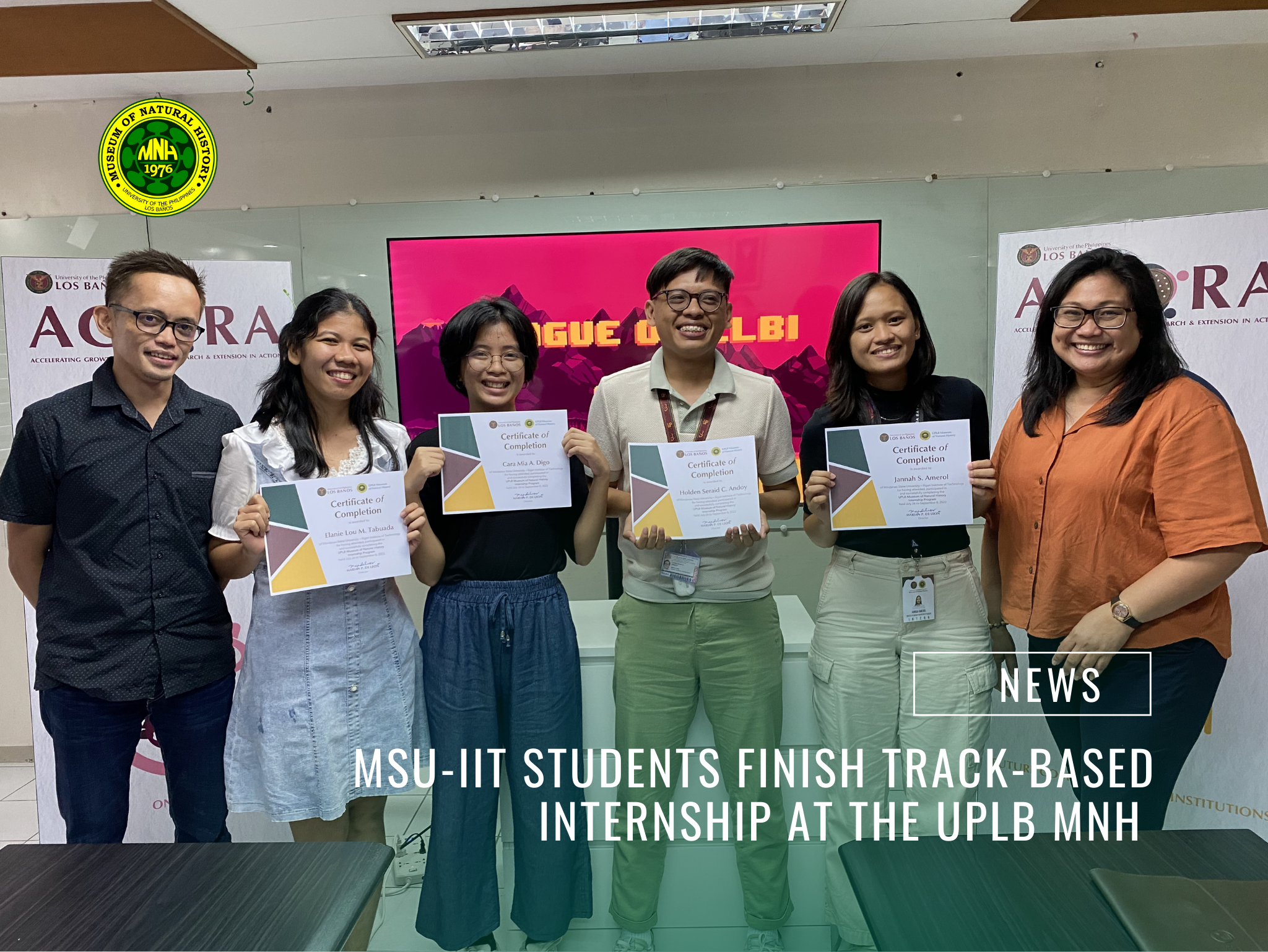Welcome to the UPLB Museum of Natural History!
News and Updates
The University of the Philippines Los Baños is currently hosting the 17th International Auchenorrhyncha Congress (IAC) simultaneous with the 13th International Workshop on Leafhoppers and Planthoppers of Economic Significance this 1-5 April 2024 at the Umali Auditorium of SEAMEAO-SEARCA in UPLB.
Our Major activities
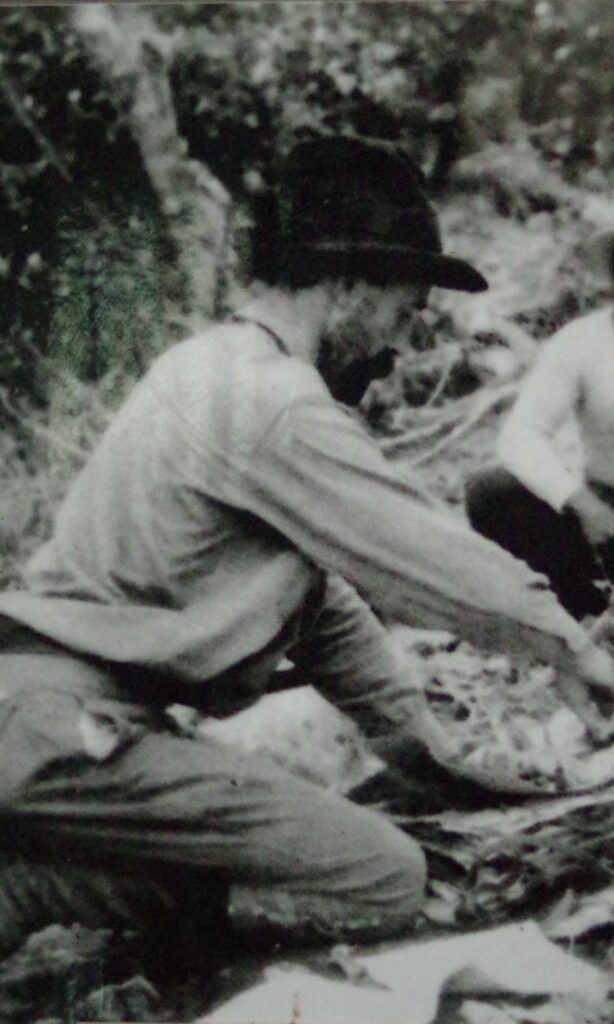
More than a Century of Natural History Research
We are continually documenting the country’s flora and fauna since 1908 and the extraordinary efforts of the university’s men and women behind these.
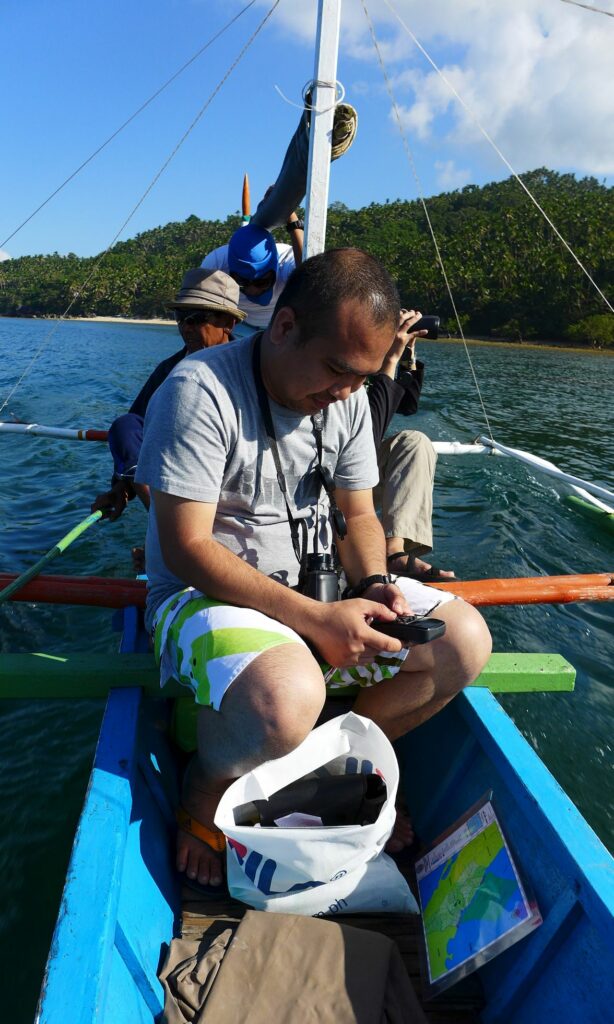
Small Islands Biodiversity Research Program
Our more than 7,000 islands and islets are home to diverse communities of species yet to be studied. We provide focus on conducting biodiversity research in small islands, places which are usually unexplored.
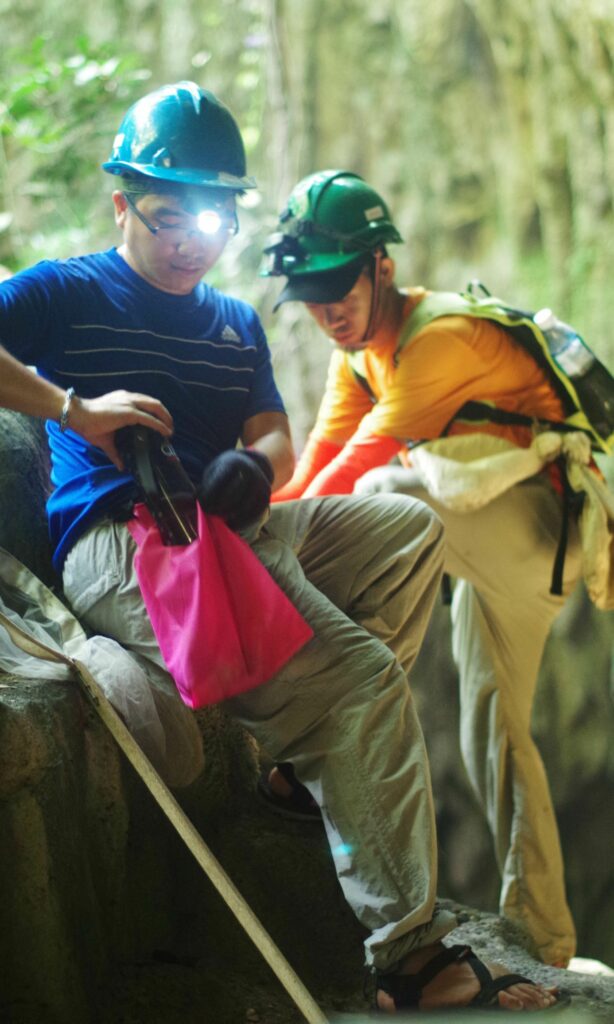
Cave Biodiversity Research Program
Caves in the Philippines and the biodiversity they nurture and protect are still undocumented and yet to be fully known. We specialize in researching these unique ecosystems.
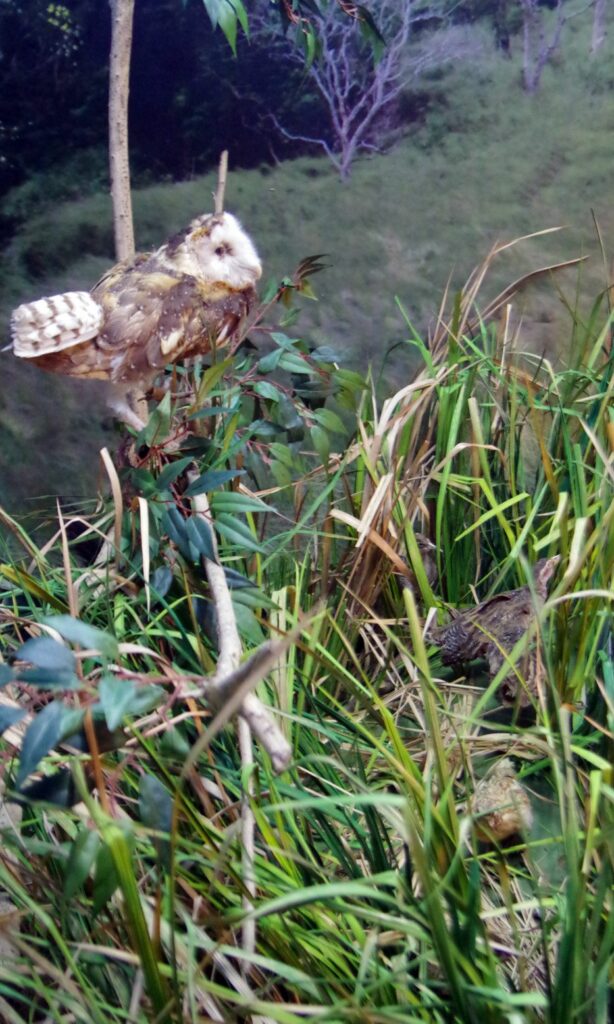
Integrated Biodiversity Exhibits
Promoting and educating the public on the Philippines’ rich flora and fauna is our important mandate. We pride ourselves as a preferred learning space by students, researchers, teachers and the general public.
